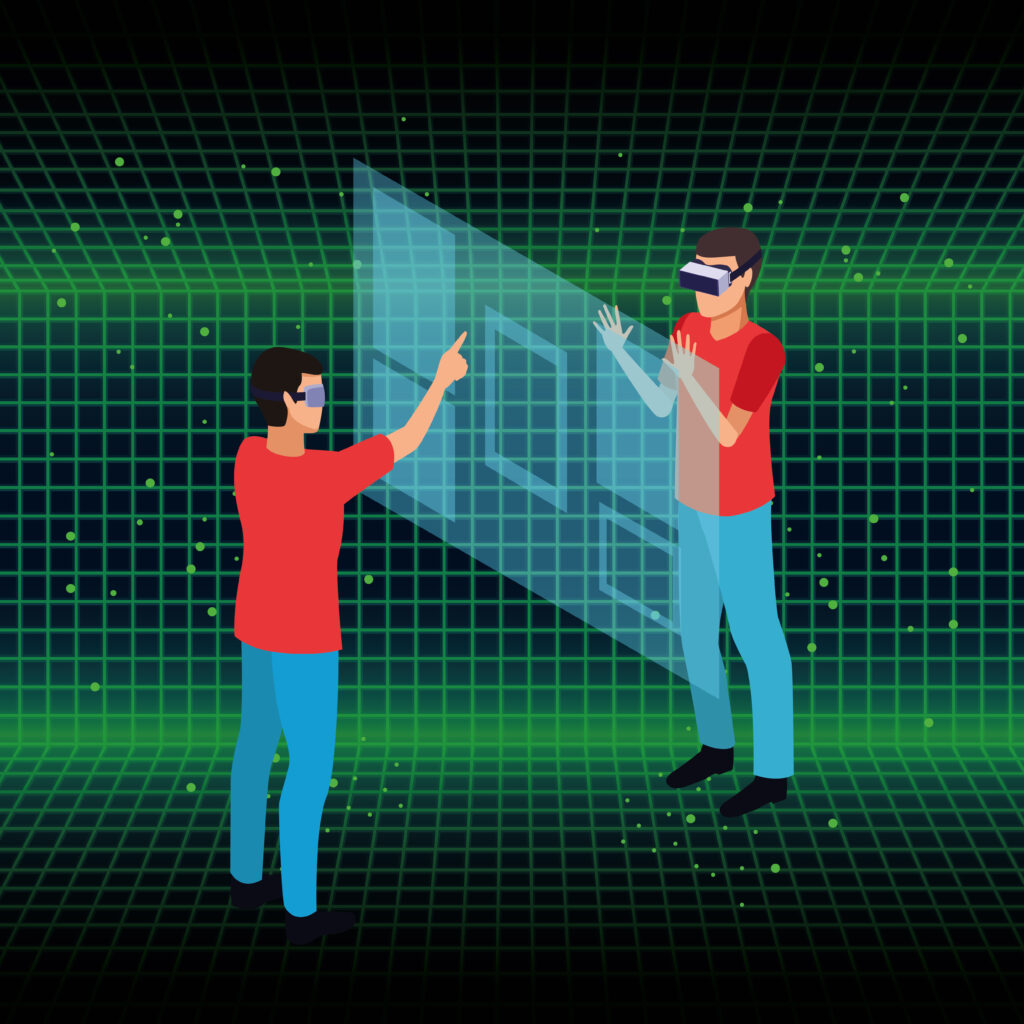M+E Connections

M&E Journal: The Next Way We Do Entertainment Production
Story Highlights
The filmed entertainment Industry has been through many changes over the past 125 years; however, recent changes have reshaped the industry permanently.
It’s safe to say that the recent shift over these last three “pandemic years” represents the most significant change in the history of the entertainment industry.
A shift of this magnitude necessitates an immediate reassessment of the entertainment industry’s “tried- and-true” creative and production processes.
For years entertainment producers have been relying on outdated business models and legacy audience consumption models for a little too long.
 INDUSTRY IN TURMOIL
INDUSTRY IN TURMOIL
Variety reported on a recent study that highlights the paradigm shift in stark terms. While the survey, taken at the height of the pandemic, revealed a dislike of public venues, it also highlighted some surprising changes in popular taste.
Additional evidence of the shift was highlighted in a recent article by Christopher Palmeri, writing for Bloomberg, which states that a “a multiyear boom in film and TV production, driven by media companies racing to sign up subscribers for their new streaming services, has come to a painful halt, giving way to firings, introspection and handwringing.”
While seemingly unprepared for this recent shift, the winds of changes have been evident for more than a decade.
Hollywood has always found a way to weather these massive shifts in the past. For instance, TV broadcasting once thought to be a death-nail for Hollywood’s feature films, eventually become another channel for feature length films, eventually driving cable subscribers to save Hollywood’s feature film industry through the long tail exploitation model.
Digital cameras, initially seen as substandard, now afford creatives new capture luxuries that make for more flexibility, creativity, and better overall productions.
The current paradigmatic transformation is on an- other scale altogether, and the changes that have already taken place are profound. For instance: the new viewing audience is very connected to their content through their mobile devices.
The emerging generation or next target demographic may never fully embrace, big-screen, lean-back viewing in the same way as previous generations. In fact, the next generation of big-screen, theatergoing movie-buffs may never materialize.
 IN OTHER WORDS, AN INDUSTRYWIDE SHAKE- OUT IS UNDERWAY.
IN OTHER WORDS, AN INDUSTRYWIDE SHAKE- OUT IS UNDERWAY.
While seemingly unprepared for this recent shift, the winds of changes have been evident for over a decade. Procrastination, pervasive industry norms and a lack of Industry data intelligence all contribute to the slow pace of entertainment industry change.
This transformation, however, comes a massive, new opportunity to engage viewers with highly immersive entertainment.
In 2009, the Virtual Production Committee was formed under the American Society of Cinematographers (ASC), the Art Directors Guild (ADG), Visual Effects Society (VES) and Previsualization Society, to explore how live-on stage computer graphics will change future movie production.
Production companies that have predicted and em- braced the shift have already pivoted.
They are benefiting from the increased creativity, viewer consumption pattern changes and most importantly, a better final production product.
One hidden benefit of the new approach is the generation of a dynamic foundation that includes automatic and repeatable processes, reusable assets, and improved data metrics or KPIs — all beneficial for future projects.
In addition, the explosion of spatialized 3D assets comes at a time when Hollywood and other studios are facing with declining revenues from theatrical, intense competition from streaming platforms, and, once again face disinter-mediation from data about “how viewers watch” their content, which the producers created.
Viewer consumption habits, distribution model changes and production advances combined to drive this revolutionary, ongoing paradigmatic transformation.
By paying close attention to what changed and what is working now, entertainment producers who embrace the shift and progress their business models, highly advanced production techniques including virtual production, and embrace the next generation of viewers, where and how they consume their content, will thrive.
The fallout for those production companies that don’t pay attention to the shift and respond immediately; will be higher costs, smaller audiences, and lower revenues.
SOLUTIONS
Viewer consumption habits, distribution model changes and production advances have combined to drive the paradigmatic shift in entertainment.
However continuous improvement requires production companies to take a hard look at how and what they want to create based upon the new target demographics’ preferences.
 To create new types of entertainment products and entice the next generation of entertainment viewing consumers, production companies must improve ideation, creative development, incorporate virtual production techniques and expand their business models to include interactive extended reality storytelling.
To create new types of entertainment products and entice the next generation of entertainment viewing consumers, production companies must improve ideation, creative development, incorporate virtual production techniques and expand their business models to include interactive extended reality storytelling.
Visualization of creative ideas is already a given.
More realistic visualization, through spatialized, simulated, extended reality (XR) can significantly improve the creative development of productions and provide ongoing roadmaps to new storylines that emerge through better interactive ideation.
XR AS A TOOL FOR BETTER PRODUCTIONS
Utilizing XR technologies to enable a true spatialized form for visualization, (e.g., user interface or UI). Along with interoperable asset management technologies, XR will benefit production creatives to communicate ideas, concepts and changes to their collaborative teams more efficiently, thereby improving production development.
Through simulations that presents data and information in a more realistic manner — drives better perception amongst creatives: specifically spatialized visualization. Specialized visualization is a more natural—intuitive way to engage with collaborative teams.
Specialized visual representation works to enhance, and trigger improve the cognitive processes of perception, creativity, memory, attention, problem-solving, and learning for anyone involved in the creative aspects of storytelling.
For forward-thinking leaders in the entertainment the next way we do entertainment production will be through reality simulations, XR special visualization, asset manipulation and management.
For the industry, a new, form of asset management with an extend- ed interoperable framework can help usher Production companies, and other entertainment entities into the immersive space with an easy-to-create visually intuitive solution — that works to drive repeat- able interoperable interaction for creative to produce better quality productions.
Production advances and viewer consumption patterns have driven the paradigmatic shift in Entertainment. These Industry “hot buttons” are also the keys to the future success of the entertainment industry.
 Perception Grid is building a flexible, new, interoperable creative management system to help production companies create, and interact with their collaborative teams, source assets, as well as engage to test in new and better ways.
Perception Grid is building a flexible, new, interoperable creative management system to help production companies create, and interact with their collaborative teams, source assets, as well as engage to test in new and better ways.
Perception Grid’s objective is to simplify and improve the process of producing, manufacturing, and assembling media content for entertainment production by accelerating perception through improved interoperability, content organization, visualization, and agile process.
noun: perception; plural noun: perceptions
* the ability to see, hear, or become aware of something through the senses. “the normal limits to human perception”
* state of being or process of becoming aware of something through the senses. “the perception of pain” cognizance, awareness, consciousness, knowledge, acknowledgment, grasp, understanding, comprehension, interpretation, apprehension, impression, sense, sensation, feeling, observation, picture, notion, thought, belief, conception, idea, judgment, estimation.
* By Daniel Kenyon, Co-Founder, Perception Grid *
=============================================
Click here to download the complete .PDF version of this article
Click here to download the entire Winter 2022 M&E Journal









